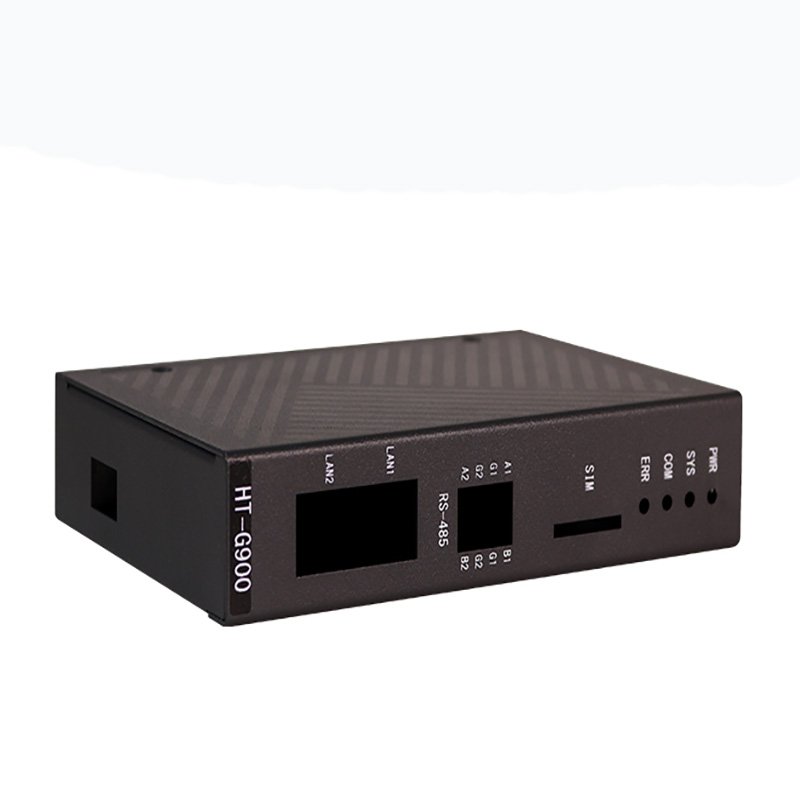Sheet Metal Enclosure Guide: Picking the Right Metal

Yang Tianming
Principal Engineer | 21 Years in Sheet Metal Fabrication
My expertise lies in die/mold design and manufacturing and sheet metal process optimization. I focus on technical problem-solving from the tooling source to mass production, driving cost efficiency and quality assurance.

Table of Contents
Why the Right Metal Box Matters
Think of a metal enclosure as a strong house for your sensitive electronics. Choosing the right one is a key decision. In wet or rough environments, the wrong material can lead to broken components and costly repairs.
This guide helps you understand the main types of metals. With this knowledge, you can better protect your equipment, save costs, and extend your product’s life.
What is a Sheet Metal Enclosure?
A sheet metal enclosure is a protective case made from thin, flat metal that is bent and shaped. These boxes are vital for keeping electronics safe from:
- Dust and water
- Physical hits and shakes
- Rust and other damage
- They are used for everything from small circuit boards (PCBs) to large power control units.
The Three Main Types of Metal Enclosures
Here are the three most common metals used, and what each one is best for.
1. Stainless Steel: The Strong Protector
- Best for: Very tough and wet places.
- Why it’s good: It fights off rust and chemicals very well. It is very strong and easy to clean.
- Use it for:
- Machines in food or drink factories (needs frequent washing).
- Outdoor equipment exposed to rain and salt.
- Medical devices require strict sterility.
- Good to know: Thanks to this material, these boxes often achieve high NEMA ratings. In practice, this officially certified protection allows them to perform reliably in tough environments.
2. Aluminum: The Lightweight Performer
- Best for: Projects where weight and heat are important.
- Why it’s good: It is light, naturally resists rust, and is great at moving heat away from components (like a heat sink).
- Use it for:
- Consumer electronics (to keep devices light).
- Telecom and wireless gear (helps with heat).
- Aerospace and aviation projects (where every pound counts).
- Good to know: It is often coated with a powder coating to add color and make it even more resistant to scratches and rust.
3. Carbon Steel: The Tough and Affordable Choice
- Best for: Strong, indoor boxes where cost is important.
- Why it’s good: It is the strongest and least expensive option.
- Use it for:
- Industrial control panels on a factory floor.
- Wall mount cabinets for electrical systems.
- The inside parts of larger machines.
- Good to know: It must be coated (usually with powder coating) to prevent rust. Once coated, it is very durable.
Real-Life Examples
- Example 1: A Factory Control Box
- The Problem: A computer that runs a machine gets hot and is in a dusty area.
- The Solution: An aluminum enclosure. It pulls heat away from the computer and a powder coating protects it from dust.
- Example 2: An Outdoor Internet Antenna
- The Problem: The electronics are outside in the rain, snow, and sun.
- The Solution: A stainless steel box. It won’t rust and protects the parts from all weather.
A Simple Checklist for Buyers
Ask these questions before you buy:
- Where will it be used? Inside, outside, or in a wet/dirty place?
- Does it need a rating? Does your industry require a NEMA rating for protection?
- Is weight important? Does the final product need to be light?
- How will it be mounted? Does it need special wall mount features?
- What is the total cost? Remember to include the cost of any special coating.
Conclusion: Make a Smart Choice
Picking a metal box isn’t just a question of cost—it’s about choosing the right tool for the job.
Each metal offers unique advantages:
- Stainless steel provides your best defense against harsh conditions.
- Aluminum is perfect for keeping things light and cool.
- Carbon steel offers great strength for indoor use at a good price.
By understanding these basics, you can make a smart choice. This protects your electronics and saves you money in the long run.
Need help choosing? Talk to a supplier who can offer you a wide range of options.
Frequently Asked Questions (FAQ)
Q: Which metal enclosure lasts the longest?
A: For the toughest conditions, stainless steel usually lasts the longest because it resists rust and damage so well.
Q: Can I get a box made to my exact size?
A: Yes, most companies can make custom boxes with the exact size and holes you need.
Q: Why is powder coating used?
A: Powder coating makes the metal much better at fighting rust and scratches. It also lets you choose from many colors for a better look.
Q: What is a NEMA 4X rating?
A: It means the box is built to keep out water (even from a hose) and to resist rust. It’s good for both indoor and outdoor use.